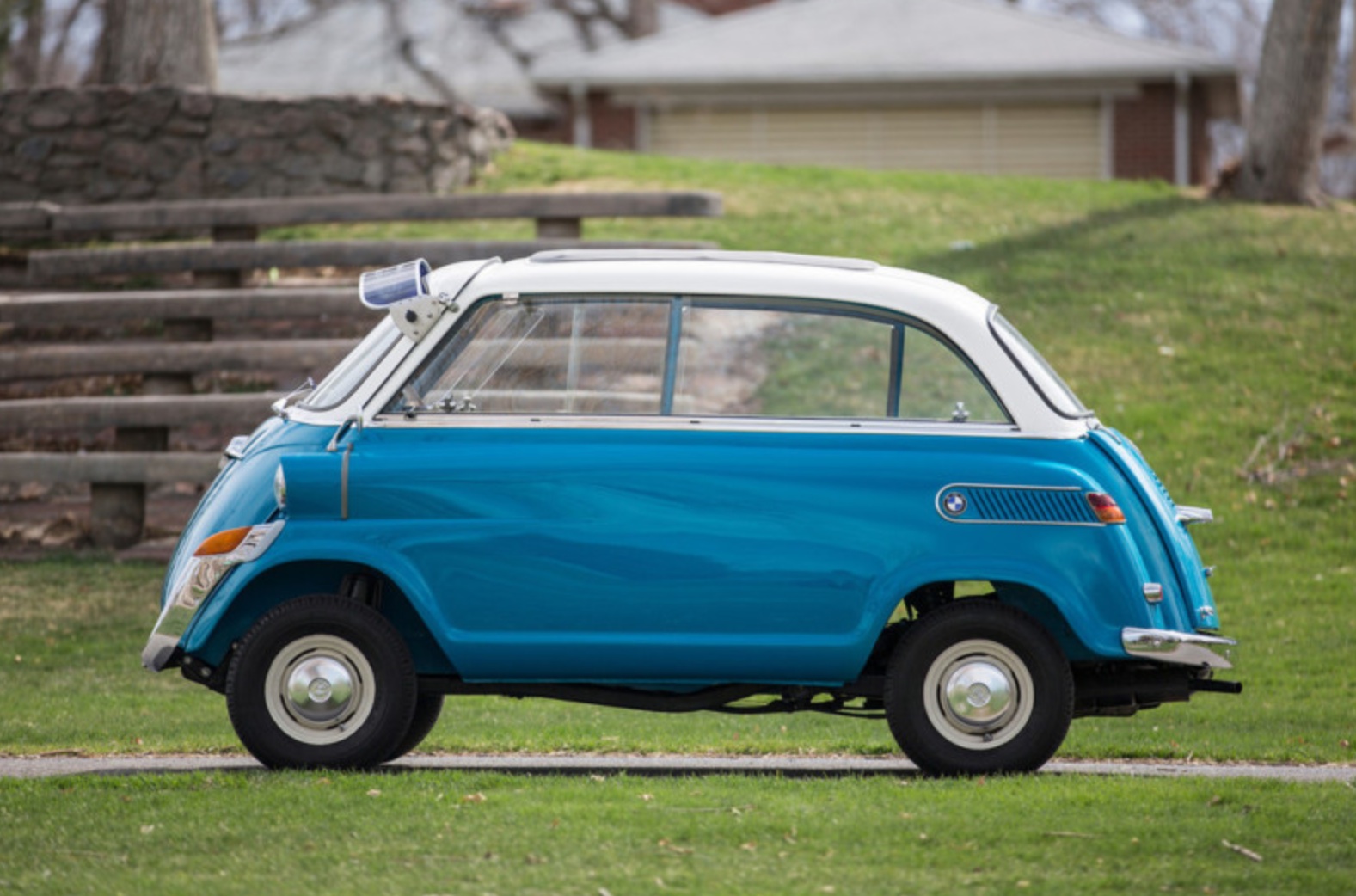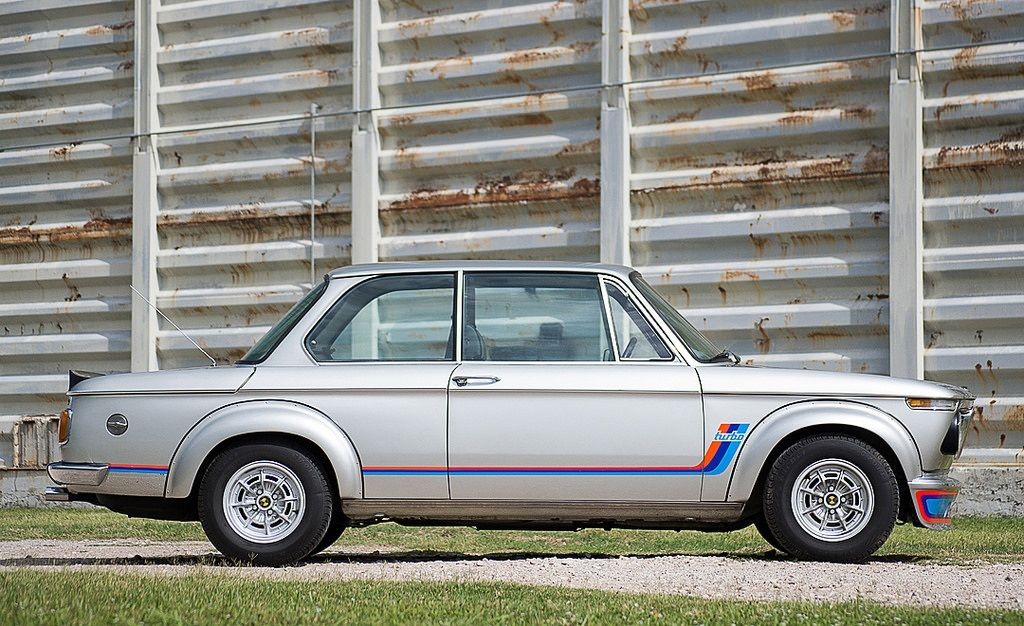The end of Summer has many traditions; the days wane as children head back to school. Temperatures fall as families head towards apple orchards and plan for haunted hay rides. Pumpkin spice is everywhere. But there’s one tradition I’ve particularly enjoyed for the last few years; the live stream from West Sussex, England of the Goodwood Revival.
For me, a lover of vintage cars and especially vintage race cars, it’s a special treat. Both of the events put on by Lord March are impressive in their own right, and if you want to see a little bit of everything the season opener Festival of Speed is probably the venue you should consider. But if you want to see cars and motorcycles from periods you weren’t even alive for race flat-out, the Revival is the one to tune in to. Heavily modified Jaguars, Ferraris, Aston-Martins, and just about everything in between head to the track as combinations of professional and amateur drivers (at least, those with quite deep pockets) take their prized possessions to the limit and sometimes beyond. You might be lucky enough once in your life to witness an original GT40 in person; head to the Revival, and you’ll run across a dozen or so of the model, many of which are driven nearly as quickly as they were originally. This is coupled with period livery and dress on one of the fastest circuits in England, filmed with some of the best cameras out there. The result, as a car lover, is one of the most evocative spectacles conceivable.
Each time I witness a Goodwood event, my love of these race-prepared vintage cars is re-inspired. And though this particular BMW 2002 is just a few years too new to be eligible for competition at the Goodwood circuit, it caught my attention because of the claimed IMSA link. This chassis, while not an original BMW factory racer, was originally constructed and raced in the IMSA RS series in the early 1970s, making it the perfect candidate for vintage racing today:












